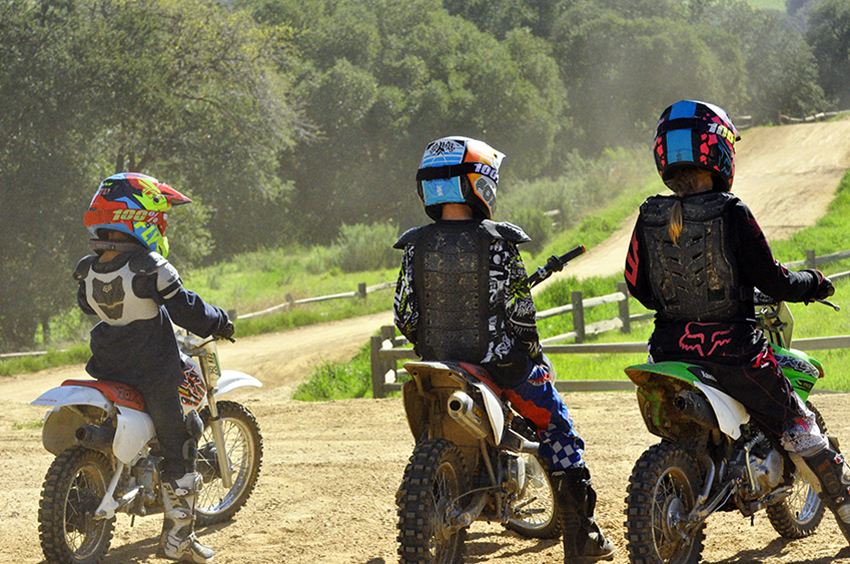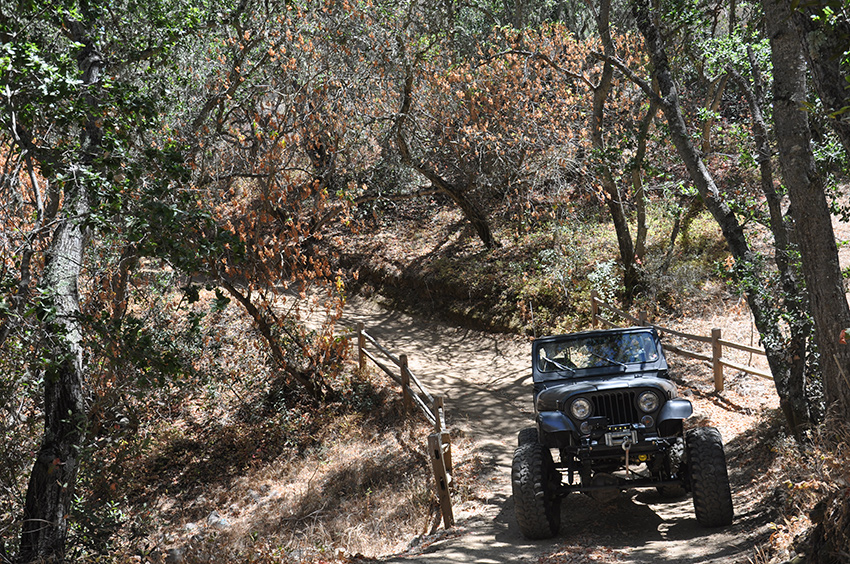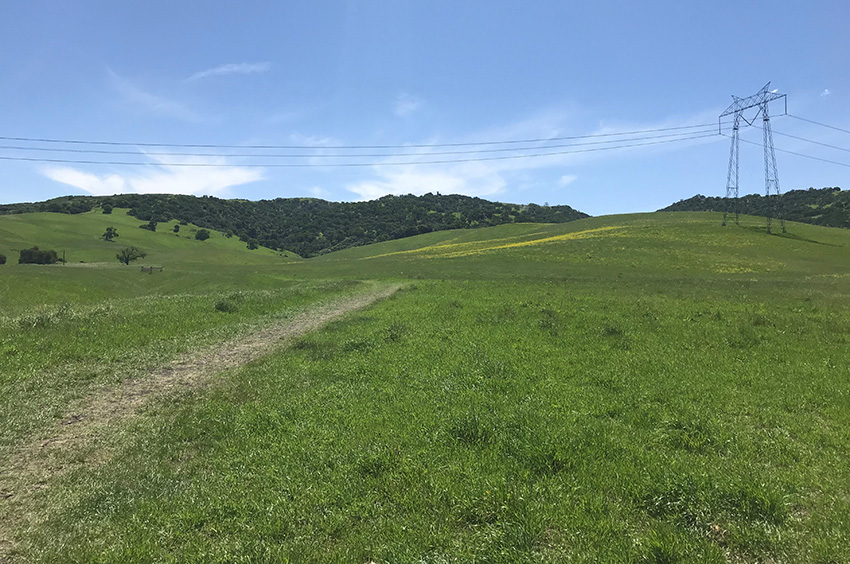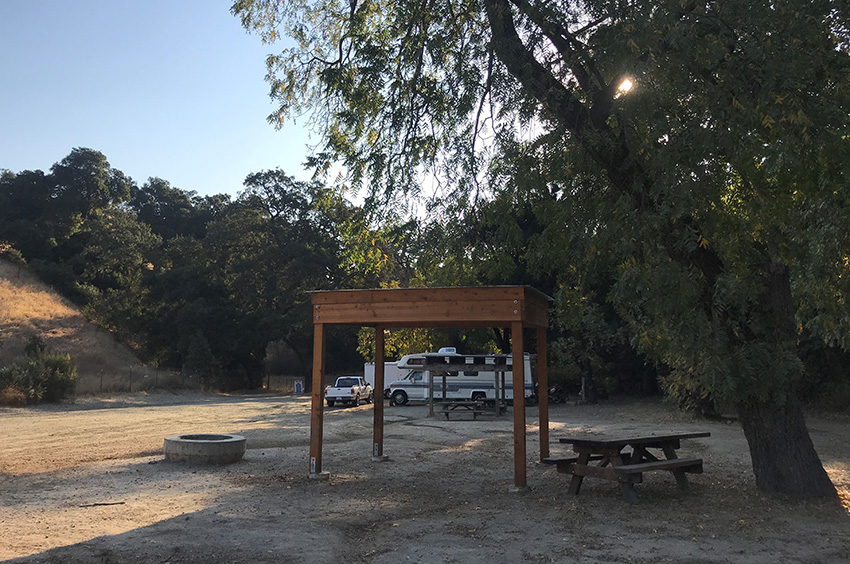Hollister Hills SVRA
Current Trail/Weather Conditions
Hollister Hills Weather Monitoring Station
To opt-in to receive text messages on your mobile phone regarding park updates, text "hollisterhills" to 74121
NOTE: Due to potential PG&E work, the credit card payment system might be down. Friday, February 24, 2024.
CLOSED (For public safety and natural resources, everything on Adobe clay soil closes when wet due to its unique slick and sticky properties.)
The following areas are closed until further notice.
- All of Renz and Adobe Ranches in the Lower Ranch (Motorcycle & ATV) (See Map)
- Hudner Ranch (4x4 vehicles, ROVs)
OPEN
- Granitic areas of Lower Ranch (Motorcycle & ATV) (See Map)
- Upper Ranch (4x4 vehicles, ROVs)
- Mudstone Ranch (Hiking, Biking, & Equestrian)
CAUTION: The park sustained severe damage during the 2023 winter storm season. Despite the extensive repairs made, trails may have changed significantly since your last visit. Ride at your own risk!
 Hollister Hills State Vehicle Recreation Area (SVRA) is California State Parks’ first SVRA. Located in the Gabilan Mountains, just an hour’s drive south of San Jose, this unique park features over 6,800 acres and nearly 200 miles of trails in scenic and varied terrain. Visitors are drawn to the natural beauty of the park’s oak woodlands, rolling hills, lush canyons, and seasonal creeks with elevations ranging from 660 feet to 2,425 feet. Hollister Hills SVRA offers numerous off-highway vehicle (OHV) opportunities as well as designated hiking, bicycling, and equestrian trails.
Hollister Hills State Vehicle Recreation Area (SVRA) is California State Parks’ first SVRA. Located in the Gabilan Mountains, just an hour’s drive south of San Jose, this unique park features over 6,800 acres and nearly 200 miles of trails in scenic and varied terrain. Visitors are drawn to the natural beauty of the park’s oak woodlands, rolling hills, lush canyons, and seasonal creeks with elevations ranging from 660 feet to 2,425 feet. Hollister Hills SVRA offers numerous off-highway vehicle (OHV) opportunities as well as designated hiking, bicycling, and equestrian trails.
The park straddles the San Andreas Fault. The North American tectonic plate (North East side) consists of clay-rich adobe soil with rolling hills covered in grassland and oak woodlands. The Pacific tectonic plate (South West) consists of granitic soil with steeper terrain with pine, sage, and chaparral taking root in the sandy soil. The Pacific and North American tectonic plates have been sliding past each other for 30 million years at a current rate of about 1.5 inches per year.
To read more about the geology, plants and animals of the park visit our natural history site.
To read more about the park's story, visit our cultural history site.






